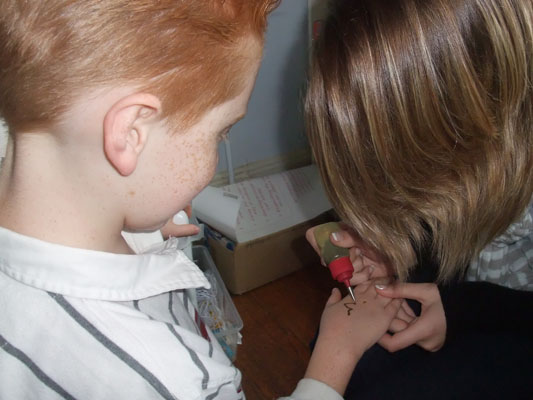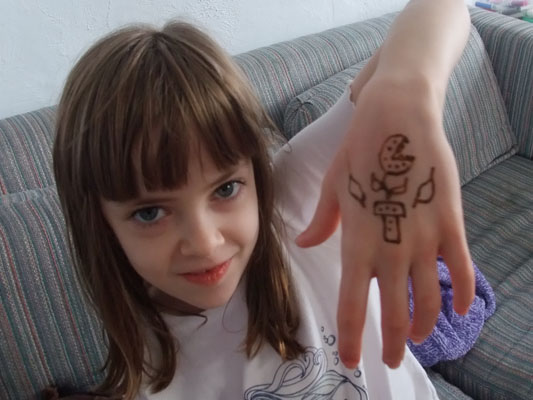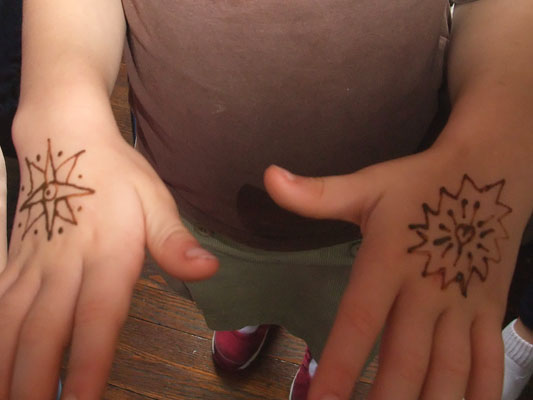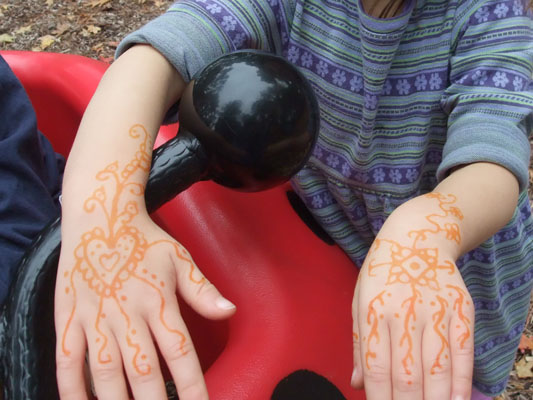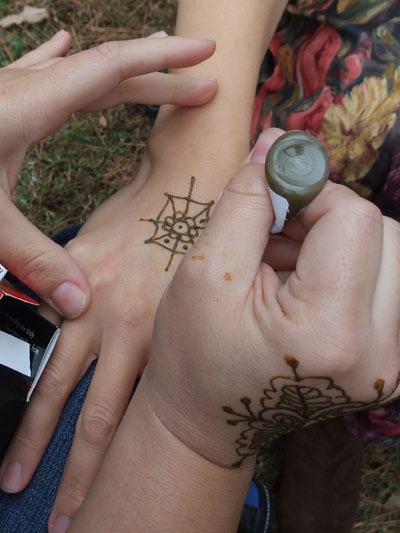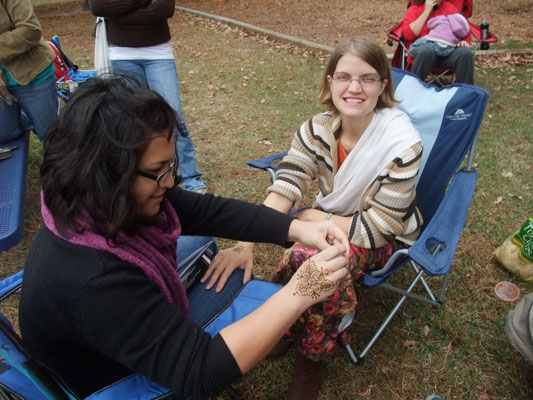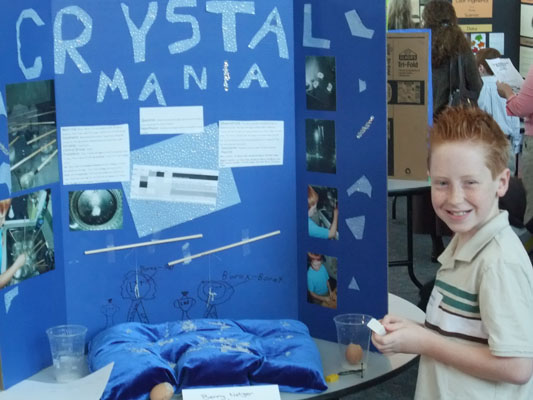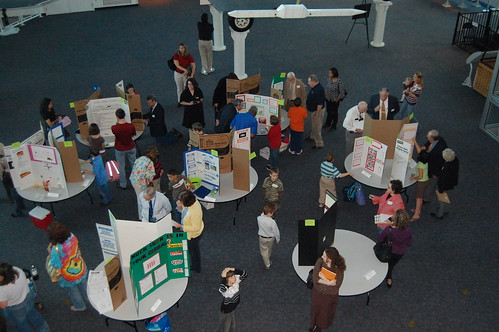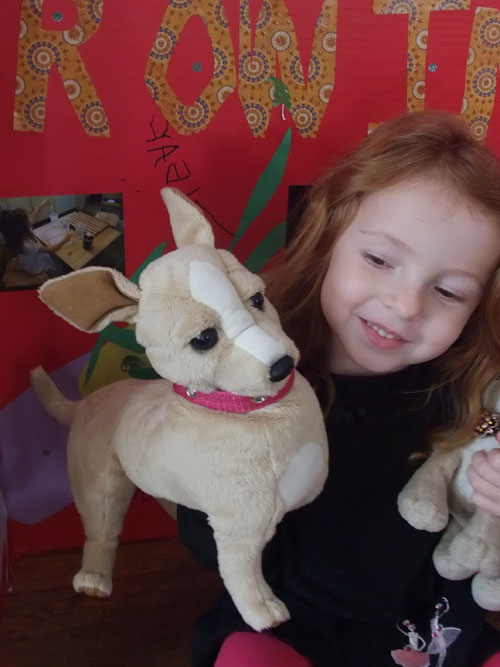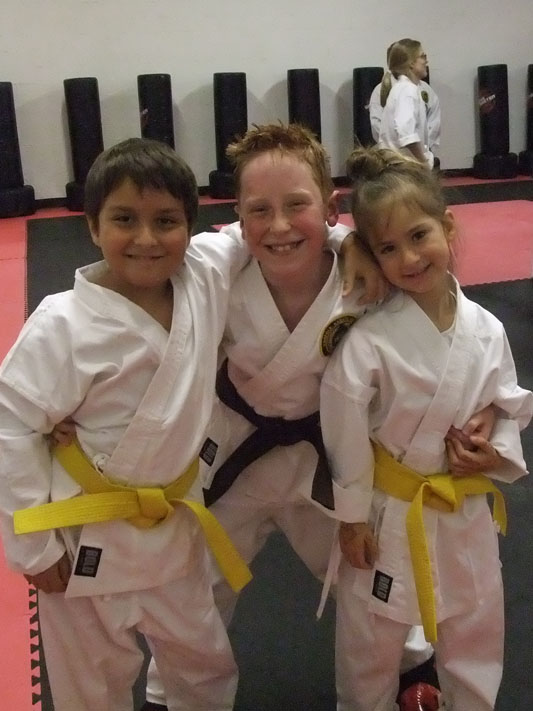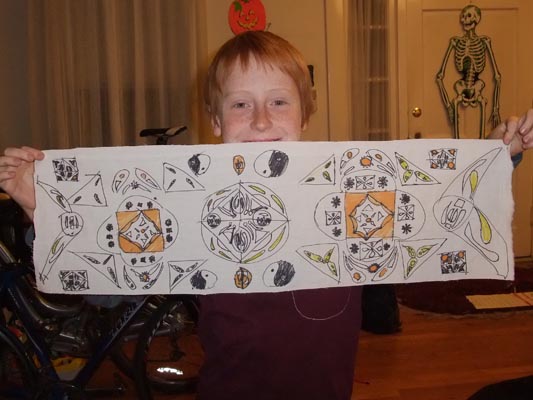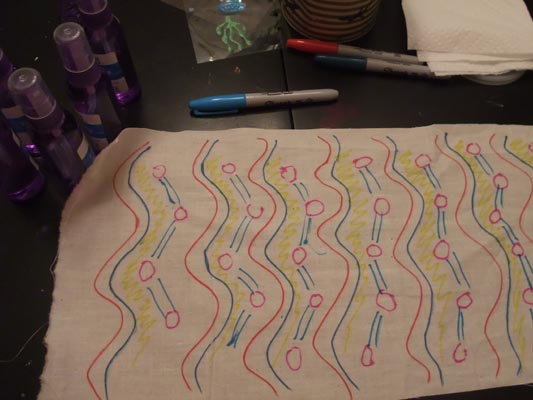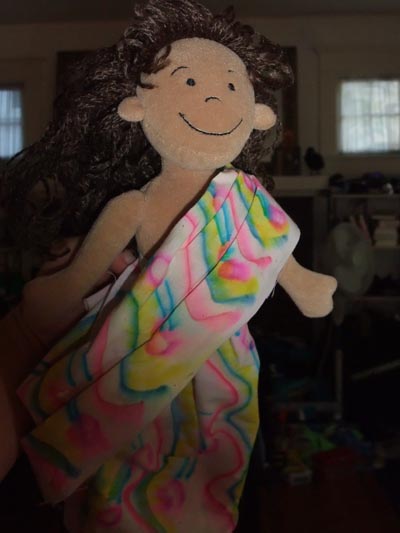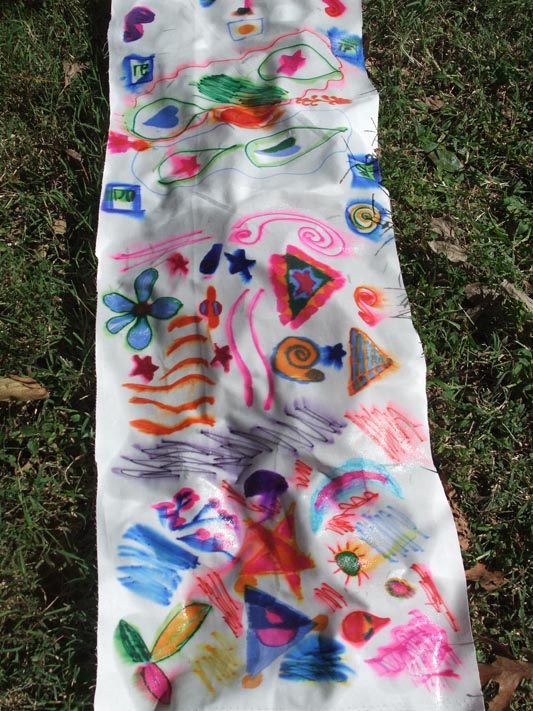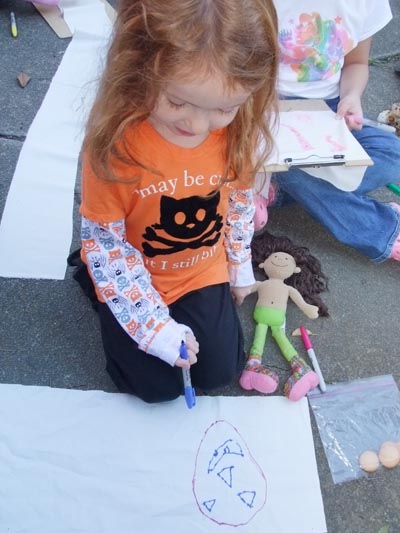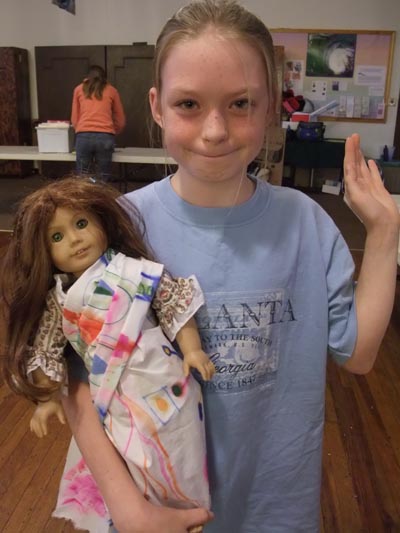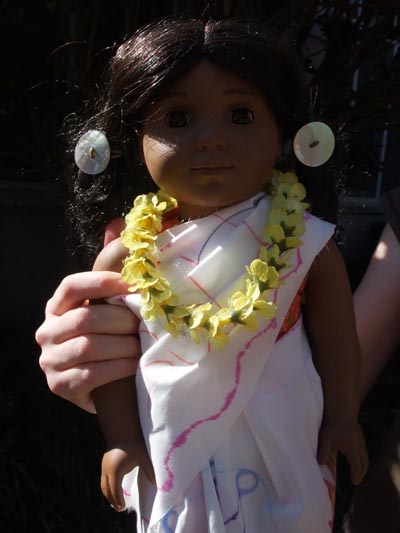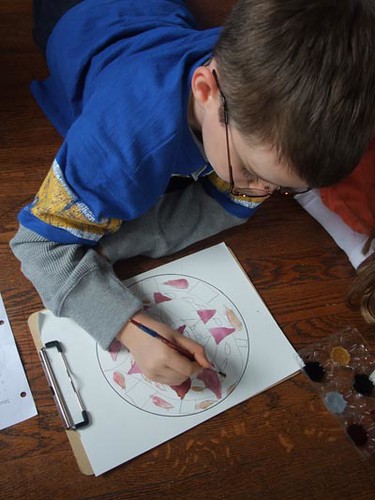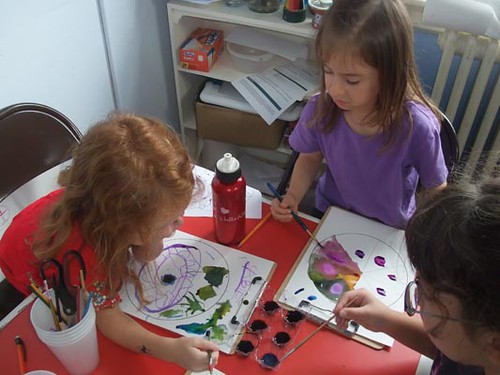
Many of us shudder at the prospect of teaching laboratory sciences to our kids. I know I am guilty of this. In my mind, I remember the chemistry lab at my high school. Rows and rows of cabinets full of glassware and plastic bottles, Bunsen burners, sinks, and a back room full of bottles of powders and liquids. Thinking of trying to reproduce that at home is frankly overwhelming, and I think it is for a lot of homeschoolers. But here are a couple of things to remember:
1. The stuff that requires beakers and flame, gloves and goggles, and dangerous chemicals? That is the COOLEST stuff. That is the stuff that makes balancing equations bearable! Kids all love to measure and pour, combine, make things fizz and pop. This is why chemistry sets have been a toy drooled after by generations of children. So saying "I can't manage it" means that you're foregoing a major part of what makes science awesome for kids.
2. You don't have to stock your lab all at once. Think of your kitchen. When did you acquire your pots and pans? You probably accummulated things over a long time, as you needed it. A set here, a piece there, a collection over here, until you filled your cabinets. Now you have everything you need, but you didn't have to go to the "buy a whole kitchen" store and in one step anticipate every single thing you'd need for a lifetime of cooking. Supplying your home science lab can be the same slow process.
SKS Science is a supply company that sells home science supplies to homeschoolers, teachers, schools, labs, and whoever needs a quick beaker or a sudden petri dish. Their prices are very reasonable, their site is logically organized by brand, by type of science, by product. They have everying you need and even stuff you didn't need. But the best part of their site, in my opinion, is the section of the site where they suggest science experiments and list exactly what you need to do each one. There's a pH indicator experiment (with photos, video instruction). There's an experiment to test the porosity of membranes. Along with each experiment you get a supply list, so you will accumulate your equipment bit by bit.

Yes, you can muck along through homeschool science using mixing bowls and coffee mugs. You can measure stuff in your plastic measuring cups and stir with a salad fork. But if you're serious about science (and you better be), with a small investment in proper tools you can inspire your kids! Can you make a shelf in your cabinet for some graduated cylinders and transfer pipettes? If you grow your collection little by little, I think you'll find your home science lab will be far less painful to construct than you (or I) originally thought.







